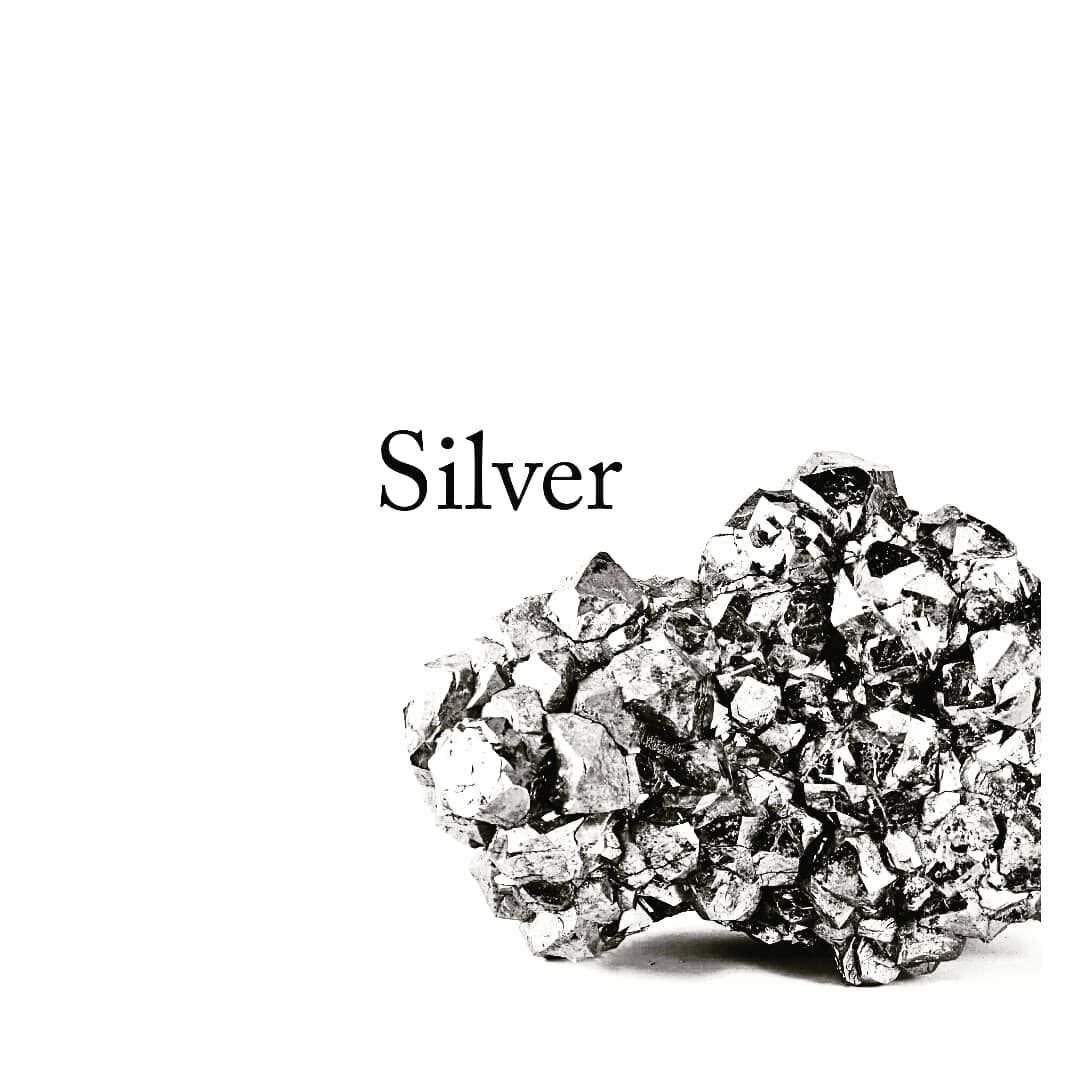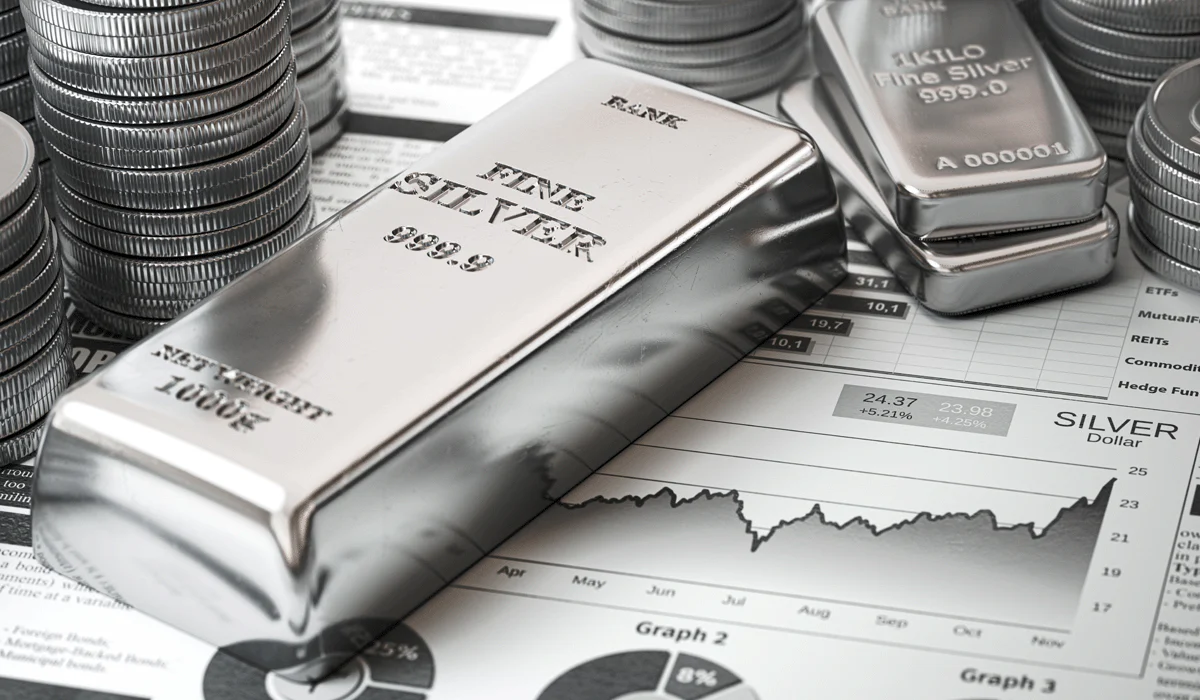Silver Price Prognosis: XAG/USD Falls Below $44 Due to Fed Reserve Caution and Trump’s Tariff Threats
Silver (XAG/USD) traded below $44.00 per troy ounce after giving back 14-year peaks, weighed down by cautious comments from Federal Reserve Chairman Jerome Powell, who pointed out the difficulty of taming ongoing inflation against a softening jobs market. Market sentiment indicates almost a 90% probability of a Fed rate cut in October, as investors look to important US GDP and PCE inflation data later this week. Also, the latest dip in US PMI numbers is a signal of weakening business momentum. Nevertheless, safe-haven demand for silver is likely to be boosted after President Donald Trump warned of new tariffs on Russia at the UN General Assembly, escalating geopolitical tensions. KEY LOOKOUTS • Almost 90% probability of an October rate cut, according to CME FedWatch, maintaining markets’ attention on Powell’s dovish position. • This week’s release of Q2 GDP and PCE Price Index may yield new silver price direction. • Trump’s threats to impose tariffs against Russia can boost safe-haven demand for silver. • Deteriorating US PMI data warns of slowing business activity that would affect Fed policy expectations and market mood. Silver prices are still at bay below $44.00 an ounce on troy as Federal Reserve chief Jerome Powell reemphasized the necessity to manage rigid inflation carefully while a weakening labor market, keeping investors on edge in anticipation of important US economic releases. Markets have high hopes riding on a Fed rate cut in October, with almost a 90% chance, whereas the next GDP and PCE inflation reports can provide new directions for monetary policy. At the same time, softer PMI prints indicate weakening momentum in manufacturing and services sectors and further influence market sentiment. On the geopolitical side, President Donald Trump’s threat of imposing additional tariffs on Russia could support silver’s safe-haven bias and counteract near-term bearish pressures. Silver (XAG/USD) trades below $44.00 as Fed Chair Powell’s cautious remarks weigh on sentiment, with markets eyeing a possible October rate cut. Upcoming US GDP and PCE data, along with Trump’s tariff threats on Russia, could shape silver’s next move. • Silver (XAG/USD) trades around $43.90, retreating from 14-year highs. • Fed Chair Powell highlights the challenge of balancing inflation and a weakening labor market. • CME FedWatch tool indicates almost a 90% probability of a Fed rate cut in October. • Traders look forward to US Q2 GDP and PCE Price Index releases later this week. • US PMI reports indicate decelerating momentum in the manufacturing and services sectors. • Safe-haven demand can increase following President Trump’s threats of fresh tariffs on Russia. • Geopolitical tensions and US economic data will be prominent drivers for silver’s short-term trend. Silver stays in the limelight as investors balance the Federal Reserve’s conservative approach and increasing hopes for a rate cut in October. Chair Jerome Powell highlighted the difficulty of juggling ongoing inflation with a softening labor market, validating skepticism in economic projections. Market participants also keep a close eye on forthcoming US GDP and PCE inflation figures, which are likely to be instrumental in informing policy and guiding investor attitudes. XAG/USD DAILY CHART PRICE SOURCE: TradingView On the international front, geopolitical events are bestowing another dimension of importance to silver’s safe-haven status. President Donald Trump’s threat to impose stiff tariffs on Russia at the UN General Assembly has stirred market anxieties, especially as tensions surrounding the conflict in Ukraine remain. These events, coupled with weaker US business activity indicators, may reinforce silver’s position as a favorite safe-haven commodity amidst increasing economic and political uncertainties. TECHNICAL ANALYSIS Silver (XAG/USD) is consolidating below $44.00 after retracting from its recent 14-year high, with short-term momentum suggesting risk-averse trading. The $44.50 level is immediate resistance, and the $43.50 region is near-term support. A strong breakout above resistance would potentially set the stage for a retest of multi-year highs, while breaking below support could risk silver further corrective pressure. Overall, the metal’s technical setup reflects a consolidative phase as traders await key US economic data for fresh direction. FORECAST Silver may regain its bullish trend if the next US GDP and PCE inflation figures confirm prospects of an October Fed rate cut. A dovish Fed sentiment, in addition to increased geopolitical risks due to President Trump’s threats to impose tariffs on Russia, might drive safe-haven demand and restore prices to recent highs. Fresh buying interest may make silver more attractive as investors want security in the face of global uncertainty. Conversely, silver is still exposed to more downside if US economic reports surprise on the upside, decreasing the chances for near-term rate cuts. Improved growth or inflation numbers could support the Fed’s conservative stance, capping silver’s near-term upside. Moreover, soothing of geopolitical tensions or improved risk appetite in other markets can decrease demand for the metal, forcing prices below the support at $43.50.






